A Narrative of Culture, Art and Food Heritage in “Afghanistan” / What was the role of Reza Shah in the abandonment of Afghan culture?
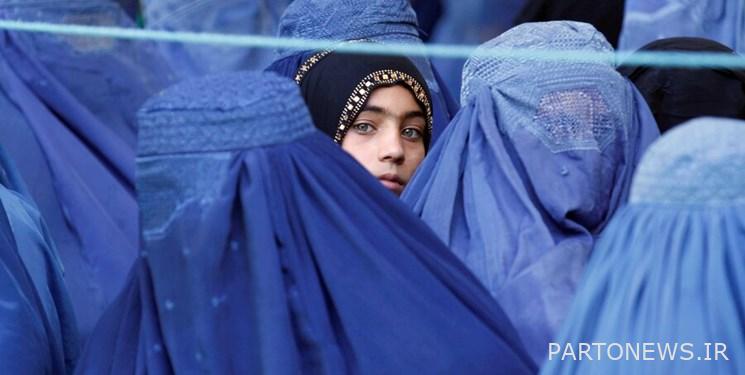
Fars news; Saeedeh Asadian: Perhaps less than two countries like Iran and Afghanistan have countless cultural commonalities with each other, commonalities that we see signs of in customs, handicrafts and food heritage.
The only countries whose historical calendar is Hijri and their geographical and cultural proximity and linguistic and religious affinities have made their culture and customs remarkably similar.
That’s why we sat down with an Afghan girl living in Iran who is constantly trying to introduce Afghan culture to tell us about the customs, beliefs, handicrafts and cultural richness of this country.
You can read the details of this conversation below.
Fars: First of all, please introduce yourself completely and say how many years have you been living in Iran?
Akbari: I am Batool Akbari, born in 1969 and a graduate of art, I was born and raised in Tehran and my first trip to Afghanistan was when I was in the third grade of middle school.
In fact, I became acquainted with art through my father, because he studied art and graduated in graphics from the University of Tehran and also studied painting in Afghanistan, so I always lived in an atmosphere where I was with art and the artist in I was in touch and that made me interested in painting.
Fars: Tell us about your first experience of traveling to your homeland.
Akbari: As I said, my first trip to Afghanistan was when I was in the third grade of high school. They knew great and special.
In fact, in Afghanistan, all women, even the wealthy and the khanzadeh, have to do everything themselves, especially cooking, the most important thing is that literacy has a special place in Afghanistan. Another characteristic of the Afghan people is that they have a happy handwriting, and I know of few Afghans who are illiterate.
Fars: With this artistic background and literacy that everyone was looking for, why is Afghanistan not known as it should be? In fact, we are talking about a background and originality that no one knows about.
Akbari: If information is not available because the Iranian people themselves have not been looking for it, how do we research French and American culture and many European cultures are interesting to us! The culture of Afghanistan is also known through research and information, this path was also open for Afghanistan and because we had many cultural commonalities with Iran, people wanted to know the culture of Iran, but in Iran no one tried to know our culture.
Fars: How much of this is due to Afghanistan’s weakness in introducing the country’s talents, capacities and arts?
Akbari: There was a war in Afghanistan and I never expect a war-torn country, you have to consider the conditions of that time, but I know the reason for this in the Pahlavi era.
We even have in history that Reza Shah had no interest in letting people know about Afghan culture, while the Afghan people were very interested in getting to know this country because of its cultural commonalities with Iran, but Reza Shah left a mindset that resulted in There was no other.
Of course, in recent years this view has changed to a great extent and the Iranian people have gained a better understanding of Afghanistan and its culture.
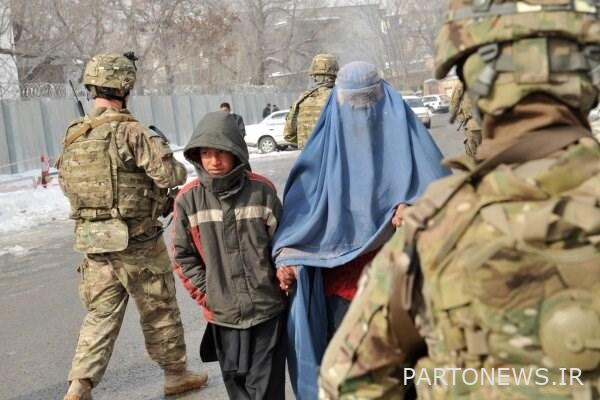
Fars: There are many handicrafts in Afghanistan that are mostly created by the women of this land. Explain a little about these arts.
Akbari: You can see embroidery in every house in Afghanistan, but this art has not been seen, even in Iran, the art of embroidery has been abandoned.
In Afghanistan, it is customary for every girl who marries to wear a pair of trousers similar to the Iranian Kurdish trousers but more compact, which we call tanban. These pants have a soft and pearly fabric and must be white.
The bottom edge of all these pants is worked and we, the cables, call it the “bottom” or the bottom of the bottom, which becomes small and large embroidery on it before it becomes a pair of pants, although these embroideries are a little bigger and more colorful in the cities.
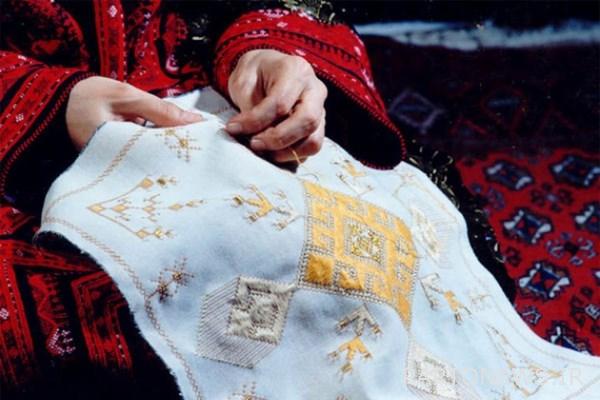
The hem of these pants has different models such as Hazaragi or Afghan, but in Kabul, due to the combination of traditional and modern atmosphere, all the works of art are done more delicately.
Sewing clothes is still a good culture in Afghanistan. That is, people still sew their clothes, and there is a tailor in every house, and if someone is not in a good financial position, he still does not buy ready-made clothes, but sews them himself.
Of course, this culture diminished in Afghanistan when some people immigrated to Iran, but I do not remember being ready to buy clothes.
Kilim and felt are other handicrafts of Afghanistan that are more common, especially in Bamyan. It is, because even on blankets we make delicate embroidery.
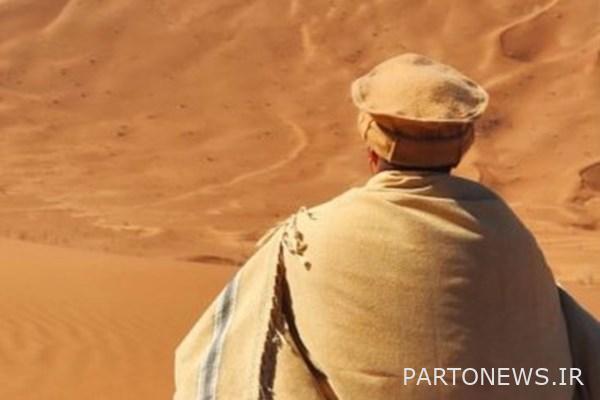
Another of our handicrafts is silverware. Silver is very popular in Afghanistan and our Hazara or Baluch women use more silver as jewelry, but the women of Kabul use silver in their home furnishings and their main jewelry is gold, jewelry, turquoise, Lal Badakhshan and lapis lazuli. Is.
We also have a place in Afghanistan called “Stalif” which is actually one of the cities of this country and like Hamedan in Iran, is the center of pottery.
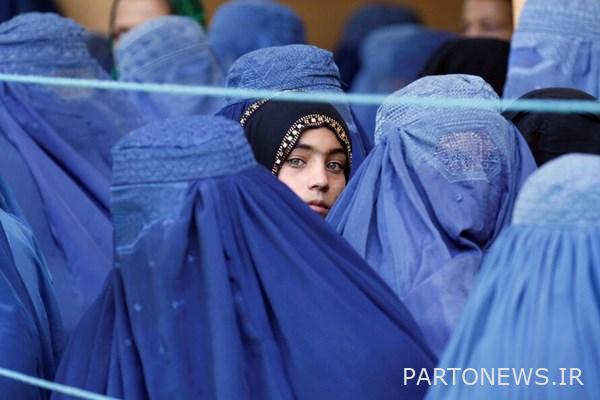
Many people these days react to burqa and say that the burqa is a Taliban burqa, while burqa is one of the handicrafts of Afghanistan that they work on very artistically, even the burqa is completely handmade and the colors used for it are in Kandahar. Kabul or Hazara is different.
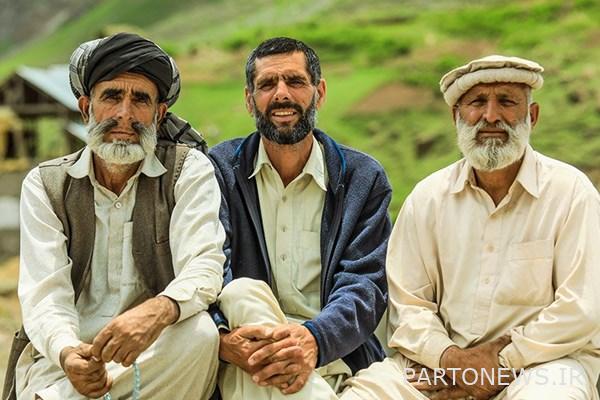
Fars: What is the coverage of the guests in the mourning ceremony?
Akbari: Mourning women wear black scarves, and other mourners wear only dark brown, dark blue, or dark green. We have a scarf called “gach” which is made of silk and all around it must be sewn by hand with a narrow border, although today some used ribbons are also used.
At the mourning ceremony, the mourner sits on a chair and the others sit on the floor. Sit with a white scarf.
This Russian plaster is obligatory for old women or women 50 years and older, but younger people use its triangular shape with happier colors.
Fars: Afghanistan has always been known for its colorful tablecloths and this is undoubtedly rooted in the culture of hospitality and food heritage in this country. Explain a little about this.
Akbari: The truth is that in Afghanistan it costs a lot to receive guests, For example, we In Afghanistan, next to tea, we have something called “gur” which is made from sugarcane and is almost like Iranian candy, but nuts are the mainstay of Afghan tea.
We do not use sugar with tea at all, and if you see an Afghan next door with sugar tea, be sure that he was an immigrant to Iran, and the nuts we call dried fruits include raisins, almonds and berries. It dries.
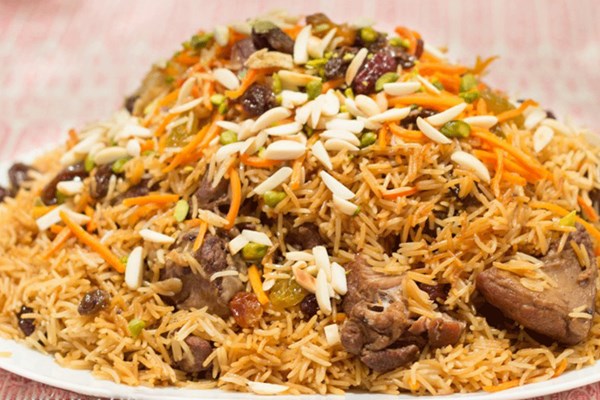
Mutton is the mainstay of most Afghan food and has a special place in the food basket of this country. It is very important to pay attention to the tastes and details of food in Afghanistan. Serve as best as possible.
The culture of cooking fish is also very common in Afghanistan, no one in Afghanistan prepares fish raw, but has to buy it cooked from abroad, so in the markets and streets of Afghanistan cooked fish with “jalbi” (Zolbia) You see a lot.
In Afghanistan, unlike in Iran, on holidays such as Fitr, Ghorban and Ghadir, we must have fish pilaf vegetables on our table, a food that Iranians usually prepare on the night of Nowruz, instead of vegetables on the night of Nowruz with white chicken with the intention of We have a white beard, we cook.
Fars: What is the difference between Nowruz rituals in Afghanistan and Iran?
Akbari: In the days of Nowruz, unlike Iranians who have seven ages, we have the culture of seven fruits, in which we soak three types of raisins along with elm, almond, pistachio and walnut in water overnight and then we have to peel them.
Separate the raisin juice and mix it with a little spring orange sweat to serve it to the guests as a genuine drink. These seven dried nuts are always there.
Our Eid sweets also have different names, such as rut, which is a simple cake with black seed and poppy surface, or toothpaste, which is very similar to Iranian chickpea sweets and is based on flour, oil and milk.
Another of our sweets is “Basraq” which is also called “Khojoor” and I have heard that in one of the cities of Iran there is a type of sweets with the same base but called “Borsaq”. Our salt cake is also very famous, which we Ghezelbash people serve along with Qimaq Chai, which is a special tea for Ghezelbash.
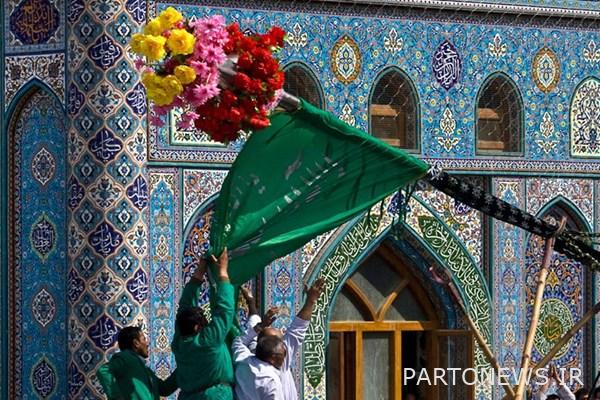
On the first day of Nowruz, we celebrate the Red Rose in Mazar-e-Sharif at the same time as the opening of the wild tulips, which lasts for 40 days. The Red Rose is a science that we raise in the name of Imam Ali (as).
This ritual is also called high jumping, if the bar or the same science rises straight and smooth, it means that we will have a good year, and if it rises hard, it means we have a difficult year ahead. This celebration is so important that people in Kabul and Mazar-e-Sharif climb mountains and trees to see the ceremony.
End of message /
.

